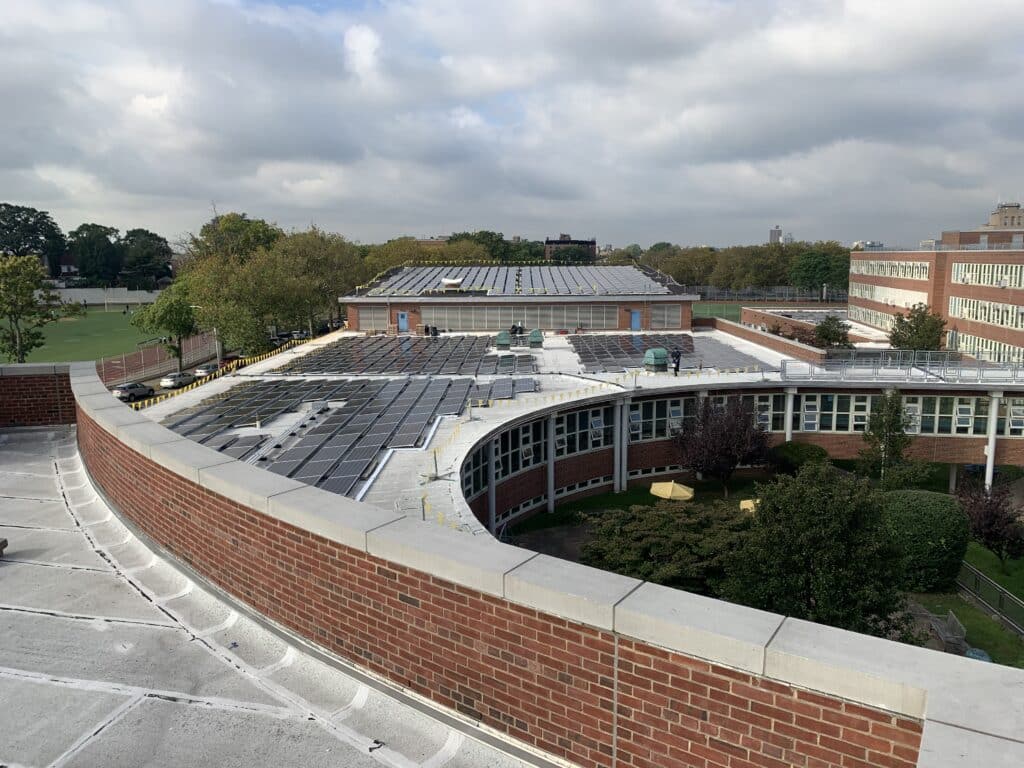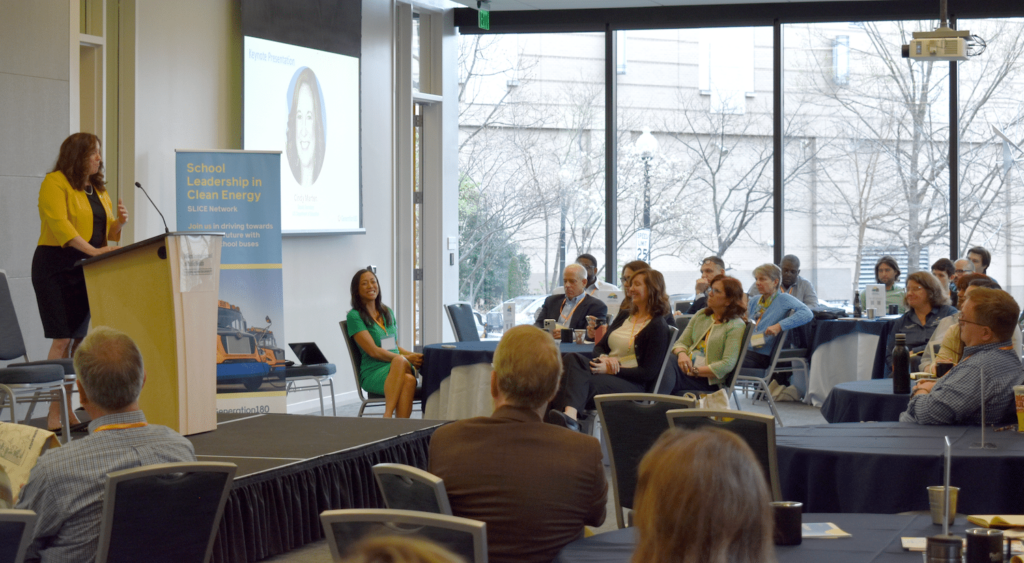When it comes to solar panels on homes, a lot of us might categorize ourselves as “curious but clueless”. We know the basic idea—that solar can create electricity for your home and reduce your utility bill—but beyond that? The whole matter quickly starts feeling a bit mysterious, a bit like uncharted territory.
Here are two reasons not to worry: first, more than 1.5 million other households have “gone solar” before you and figured it out; second, this blog post is here to give you an overview of the basics. So here we go.
What are the upfront considerations?
Before diving into the details about rooftop solar, there are a handful of considerations to think about right off the bat. The first few involve the characteristics of your home.
For starters, it’s a good idea to examine how efficient your home’s energy use is currently so that you end up with an appropriately-sized solar system. If there are some smart improvements you can make to improve your home’s energy efficiency (here is a handy checklist), it makes sense to do them sooner rather than later.
To know for sure whether your home is a good candidate for solar panels, a local solar company can provide an evaluation (usually for free). They’ll look at things like the age of your roof, its angle of incline, and the direct sun or shading it gets. A younger roof that’s southern facing with little to no shade from trees or structures is ideal.
A rooftop solar system will be able to generate more electricity (and thus more savings) under this scenario. But according to Google’s Project Sunroof, four out of five U.S. homes have solar power potential, meaning that they have enough unshaded area for solar panels. Even before contacting an installer, you can use Google’s estimator to help map your roof’s solar savings potential.
It’s also worth confirming whether you live in a state that has “net metering” laws. Net metering allows residential and commercial customers who generate their own electricity from solar power to feed electricity they don’t use back into the grid, and to receive payment (in the form of credit) for it. Fortunately, net metering laws exist in 41 states and in the District of Columbia, so odds are good that you’re in one of those areas.
What does a rooftop solar system cost?
In 2019, an average size solar system costs $12,810 after tax credits. There are three different ways to go about purchasing a rooftop solar system today: cash purchase, loan/financing, and power purchase agreements. While a cash purchase is pretty self-explanatory, the other two routes could use some brief explanation:
- Solar loan: Just like other types of personal loans, a solar loan lets you finance your purchase while paying for the system over time. Most solar loans have little-to-no upfront costs, making solar an affordable investment on almost any budget. While there are several different options for these loans, most solar companies will help find the one that works best for you. In general, these companies work with third-party providers as well as government programs that specifically grant solar panel loans. The bottom line, though, is that many homeowners can effectively swap out their current electric bill with a solar loan payment that’s lower than their electric bill—all while switching your home to sunshine power.
- Power purchase agreement (PPA) and solar leasing: PPAs are another popular option that require no upfront cost. Under a PPA, you don’t pay for the panels at all—the utility owns and maintains the system on your roof; you simply commit to purchasing the solar energy that’s produced. While you don’t own the panels and therefore can’t benefit from net metering, you can still power your home with sunshine and reduce your electricity costs via a lower rate. A solar lease is nearly identical to a PPA except that you’re technically paying to rent the equipment itself, not paying for the energy that it generates. Over half of states permit PPAs and/or solar leases, so there’s a good chance that zero-percent-down solar is available where you live.
How much will you save?
While everyone generally knows that solar panels will reduce your electricity bill, the numbers can quickly start to feel a little complicated. A common way to gauge how much solar will save you is to determine the “payback period,” which answers the question: How long will it take to make my money back?
The answer, on average, is seven years, but that’s not necessarily the best way to look at things. “In many ways, your solar power system is a financial product—one that is capable of generating annual returns ranging anywhere from 10 percent to more than 30 percent,” notes Energysage. Your solar system begins generating a return (in the form of reduced or nonexistent electricity bills) immediately, and can generate between $10,000 and $30,000 over the system’s lifespan of 25 years or more.
Can rooftop solar increase your home’s value?
While it’s great that solar panels last for 25-plus years, most of us aren’t staying in the same home for that long. So, what happens if you’re not around to reap the ongoing savings? Will your investment be reflected in your home’s value? Thankfully, this has been studied: on average, solar panels increase a home’s value by $14,329. That, combined with the guaranteed, ongoing monthly electric bill savings, is a one-two punch that a bathroom remodel can’t replicate.
There’s plenty more to learn about rooftop solar, but with these basics in your back pocket, you’re now ready to impress a neighbor, a coworker, or maybe even a solar installer. You’re also ready to check out Generation180’s Energy Challenge: there’s a “Home” challenge category that can help you take the next step in investigating actions like going solar.
Most importantly, you’re one step closer to generating renewable, local energy and taking part in our transition to a clean energy future.















